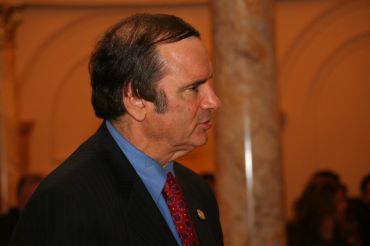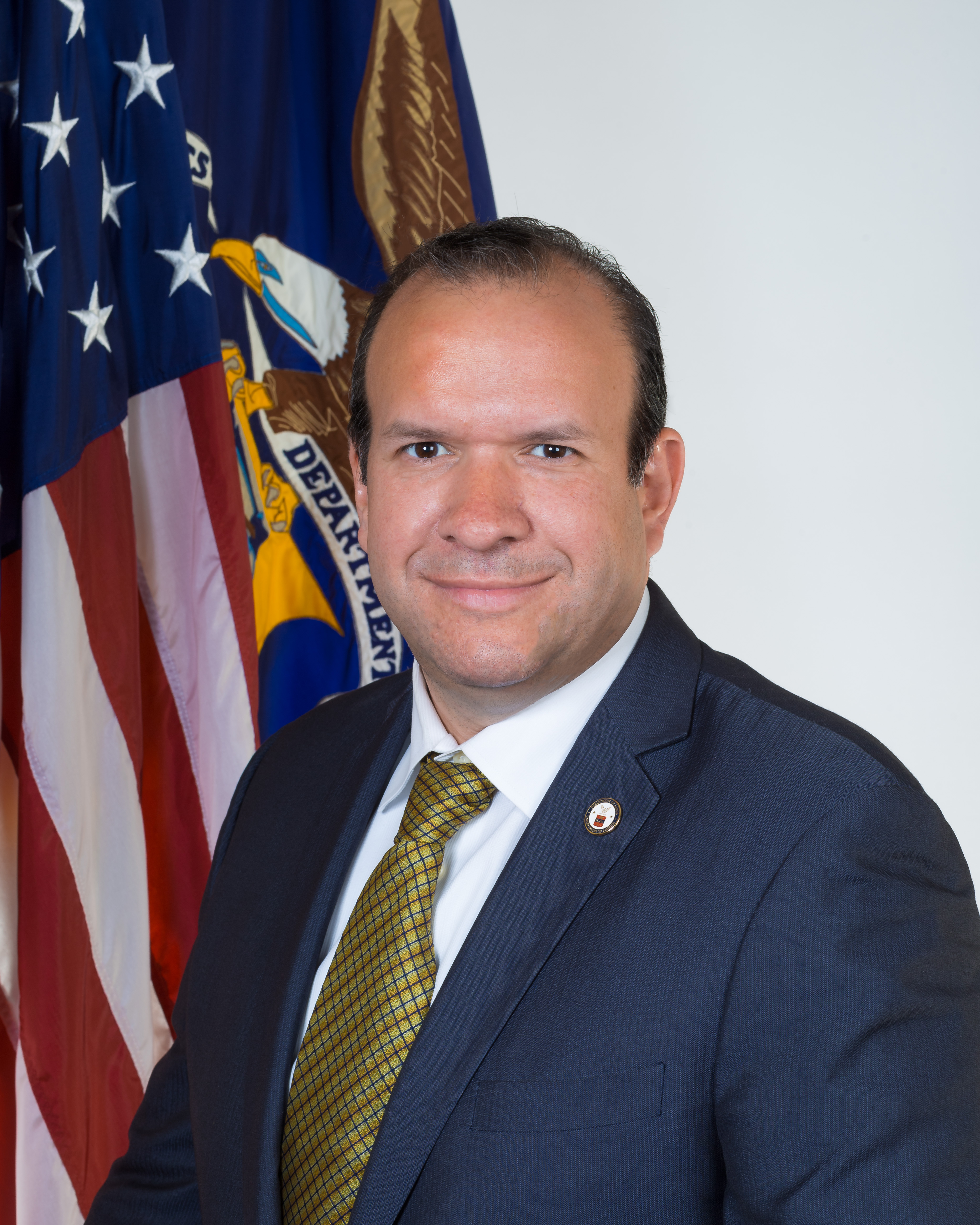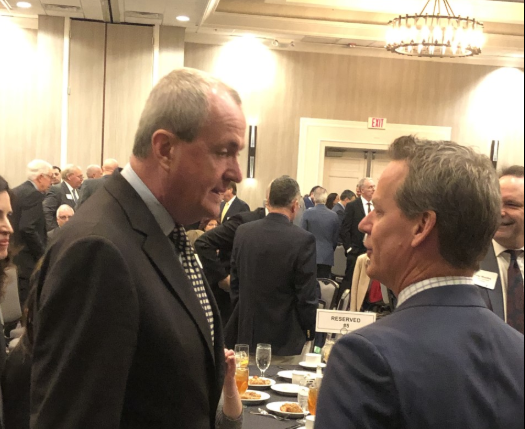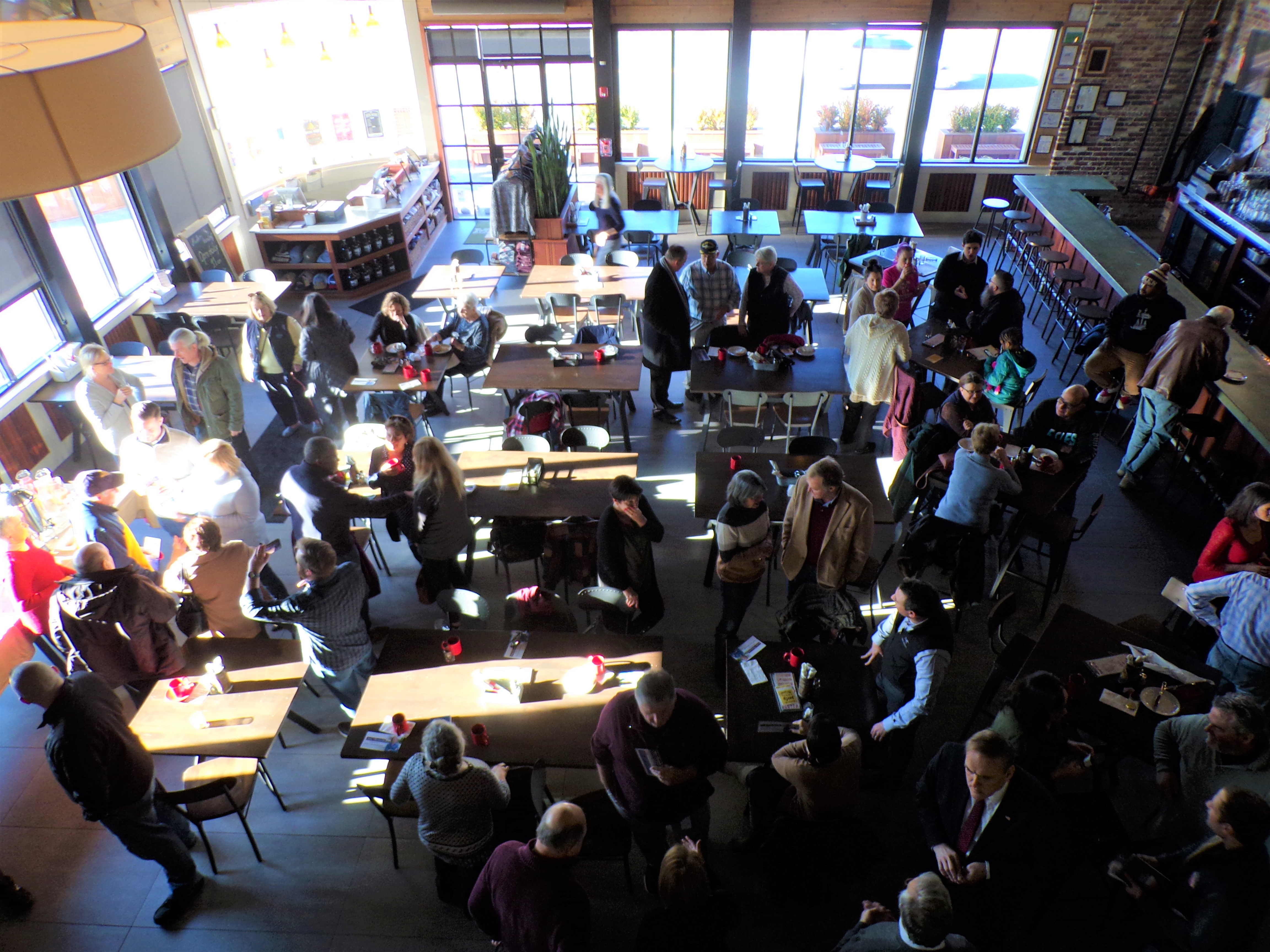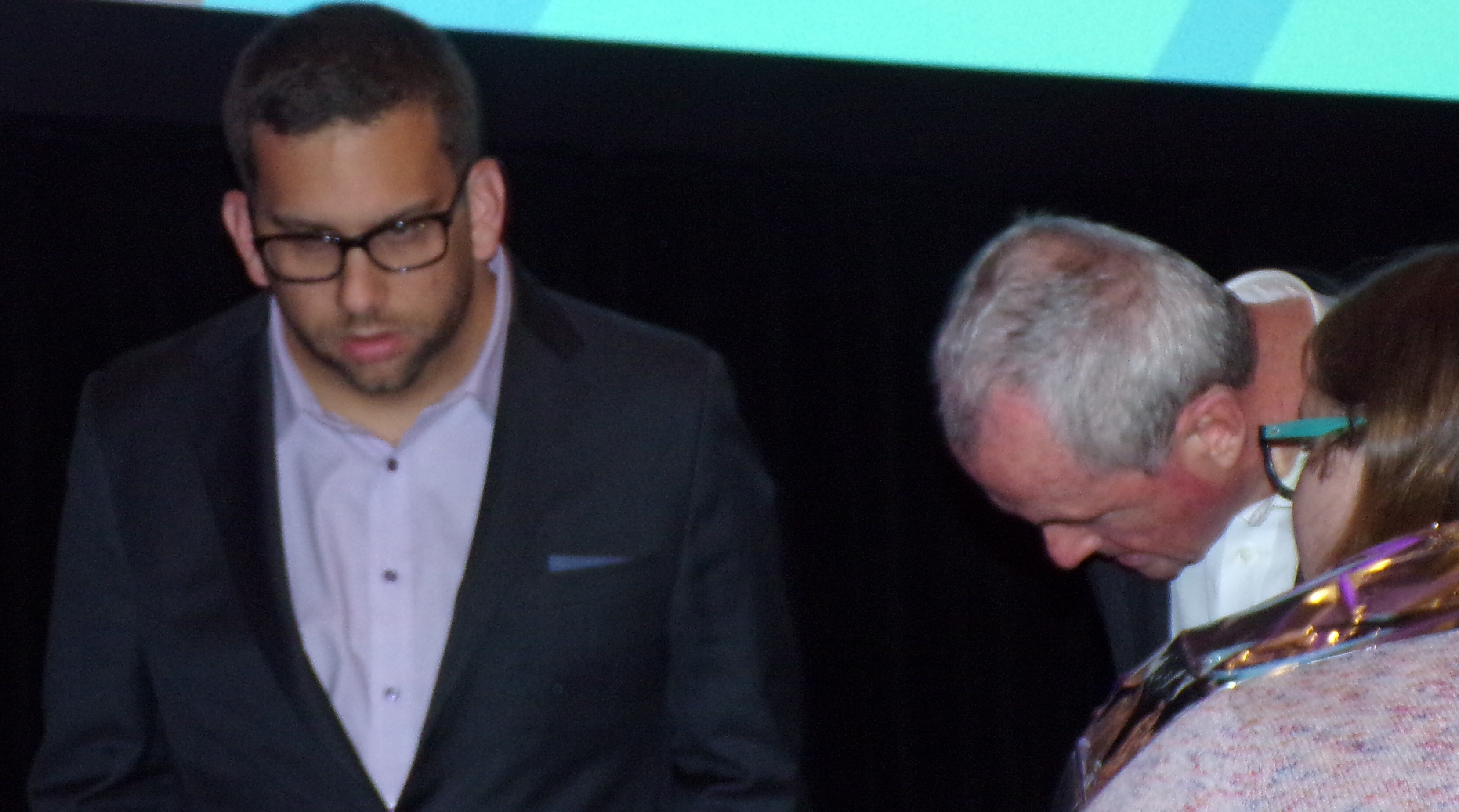Medford Lakes is a borough in Burlington County, New Jersey, United States. As of the 2010 United States Census, the borough’s population was 4,146, reflecting a decline of 27 (-0.6%) from the 4,173 counted in the 2000 Census, which had in turn declined by 289 (-6.5%) from the 4,462 counted in the 1990 Census.
Medford Lakes was incorporated as a borough by an act of the New Jersey Legislature on May 17, 1939, from portions of Medford Township. The borough was named for Medford Township, which in turn was named by a developer for Medford, Massachusetts.
The borough’s 22 lakes and surrounding lake communities are within the boundaries of the New Jersey Pinelands Commission and are all overseen by the Medford Lakes Colony, a homeowner association that administers lake and other recreation facilities. More than 10% of the borough’s homes are log cabins.
Charles Read’s Aetna Furnace contributed to the Continental Army’s efforts during the American Revolutionary War, using local bog iron to manufacture cannonballs. A part of the industrial life of what is now Medford Lakes was the saw and grist mill erected by John Haines.
Medford Lakes was originally developed as a resort community in which all construction would be made of logs. Shiploads of cedar logs were imported and craftsmen fashioned them into palatial homes. Inside and out, the walls were of solid log. Some of the logs had their bark scraped off while other logs were used bark and all. As a porous wood, cedar is an excellent insulator so the cabins were cool in the summer and warm in the winter. The resort enjoyed an extended season because the big stone fireplaces could heat the rustic houses even in the chilliest weather. The Medford Lakes Development Company was formed in 1927, and in 1928 the Colony Club Pavilion was constructed on ground donated by the Development Company.
St. Mary of the Lakes Catholic Church, a single-story log cabin structure built in 1931, was added to the National Register of Historic Places in 2007.
Medford Lakes was established as an independent municipality in 1939.
The borough experienced heavy damage on July 12, 2004, during a day which saw 7.26 inches (184 mm) of rain fall over a 14-hour period. The heavy rain caused a series of dam breaks and breaches in the surrounding areas of Southern New Jersey, which have since been replaced. Quogue Dam, as well as both Lower and Upper Aetna Lake Dams failed, with high water levels on portions of Ballinger Run exceeding 500-year flood elevations.
Since 1931 a Canoe Carnival has been held during the first week of every August on Lower Aetna Lake. Elaborate floats, built with a maximum of two canoes, are paddled by crowds gathered along the lake. A winner is then named, along with a king, queen, and court.
According to the United States Census Bureau, the borough had a total area of 1.293 square miles (3.348 km2), including 1.162 square miles (3.008 km2) of land and 0.131 square miles (0.340 km2) of water (10.15%).
The borough is an independent municipality surrounded entirely by Medford Township, making it part one of 21 pairs of “doughnut towns” in the state, where one municipality entirely surrounds another.
The borough is one of 56 South Jersey municipalities that are included within the New Jersey Pinelands National Reserve, a protected natural area of unique ecology covering 1,100,000 acres (450,000 ha), that has been classified as a United States Biosphere Reserve and established by Congress in 1978 as the nation’s first National Reserve. All of the borough is included in the state-designated Pinelands Area, which includes portions of Burlington County, along with areas in Atlantic, Camden, Cape May, Cumberland, Gloucester and Ocean counties.
As of the 2010 United States Census, there were 4,146 people, 1,483 households, and 1,186.400 families residing in the borough. The population density was 3,569.5 per square mile (1,378.2/km2). There were 1,543 housing units at an average density of 1,328.4 per square mile (512.9/km2). The racial makeup of the borough was 97.32% (4,035) White, 0.46% (19) Black or African American, 0.17% (7) Native American, 0.96% (40) Asian, 0.00% (0) Pacific Islander, 0.39% (16) from other races, and 0.70% (29) from two or more races. Hispanic or Latino of any race were 1.69% (70) of the population.
Source: Wikipedia



